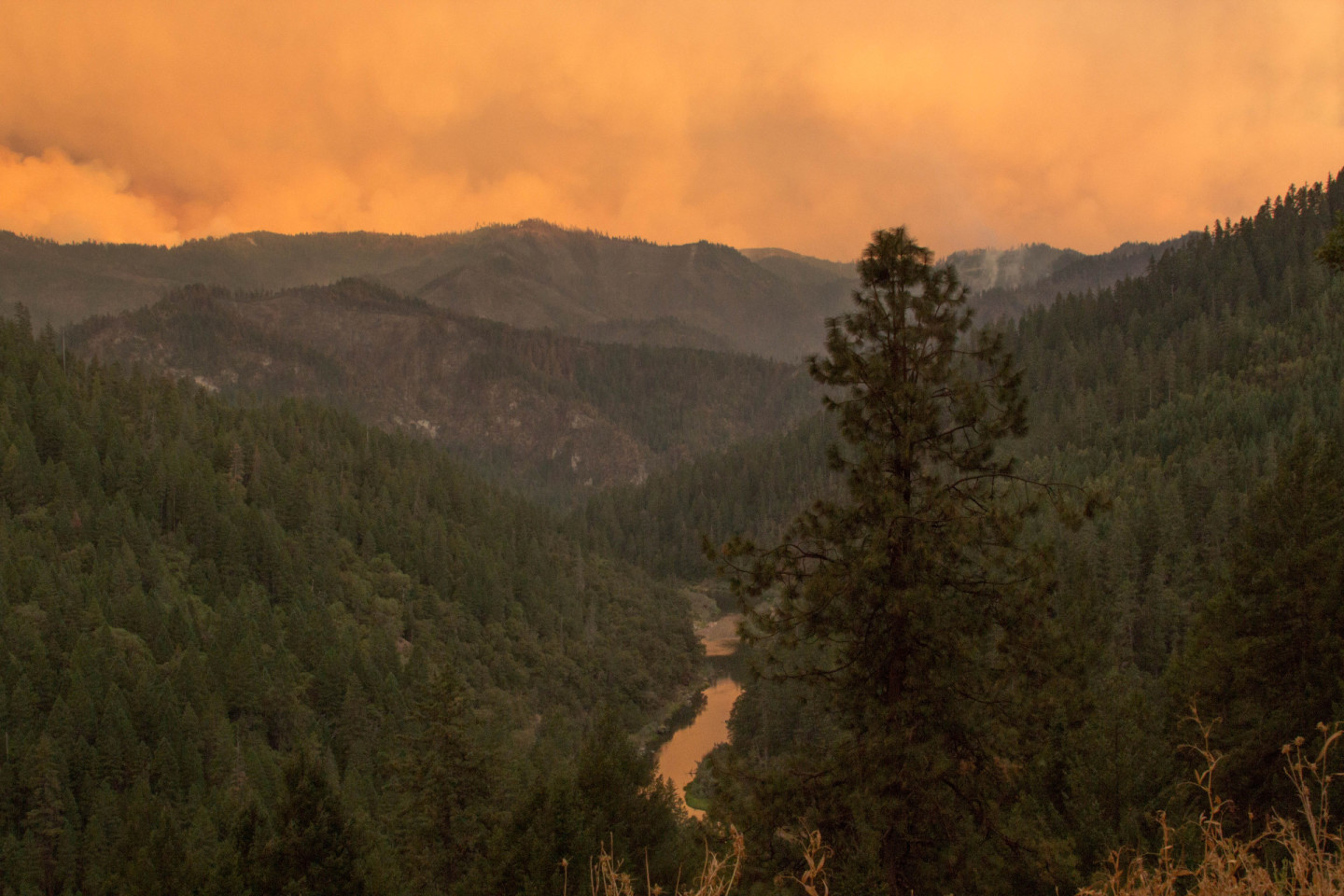California's drought conditions are so extreme that one of the state's largest wildfires in recent years has rekindled six months after firefighters put it out.
The Happy Camp Complex Fire near the Oregon border burned from last summer to early January, charring more than 134,000 acres.
Over the weekend, firefighters noticed smoke coming from four small areas inside the old fire perimeter, said Klamath National Forest spokeswoman Kerry Greene.
"Some of the standing, dead trees that are within the footprint of the Happy Camp Complex began to rekindle," Greene said.
Forest Service fire officials usually rely on rain and snowpack to prevent any small flareups, or "hot spots." But the drought, along with hot weather in the area, enabled buried embers to spark back to life.
